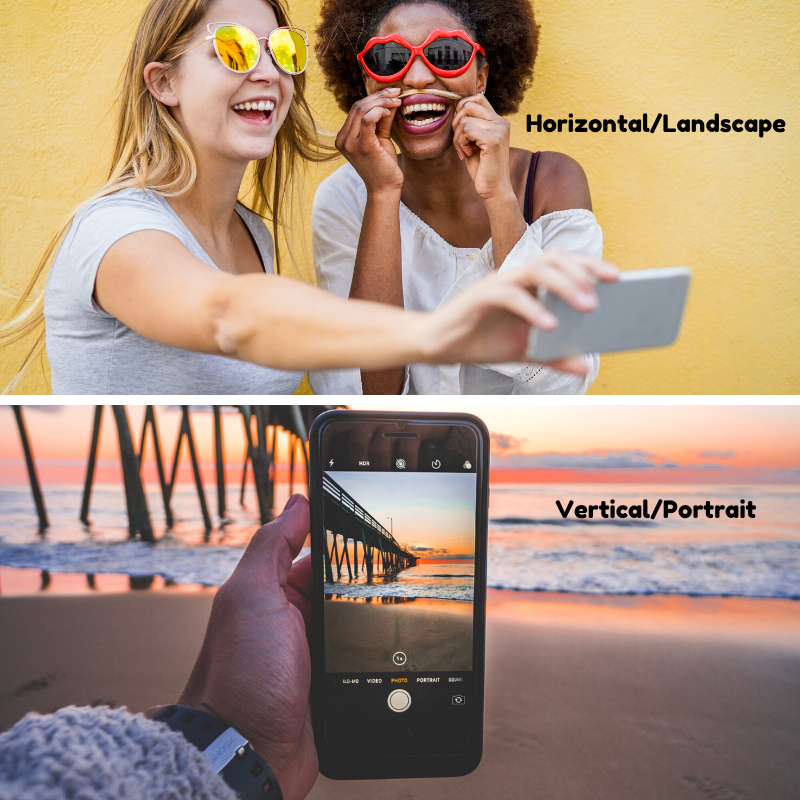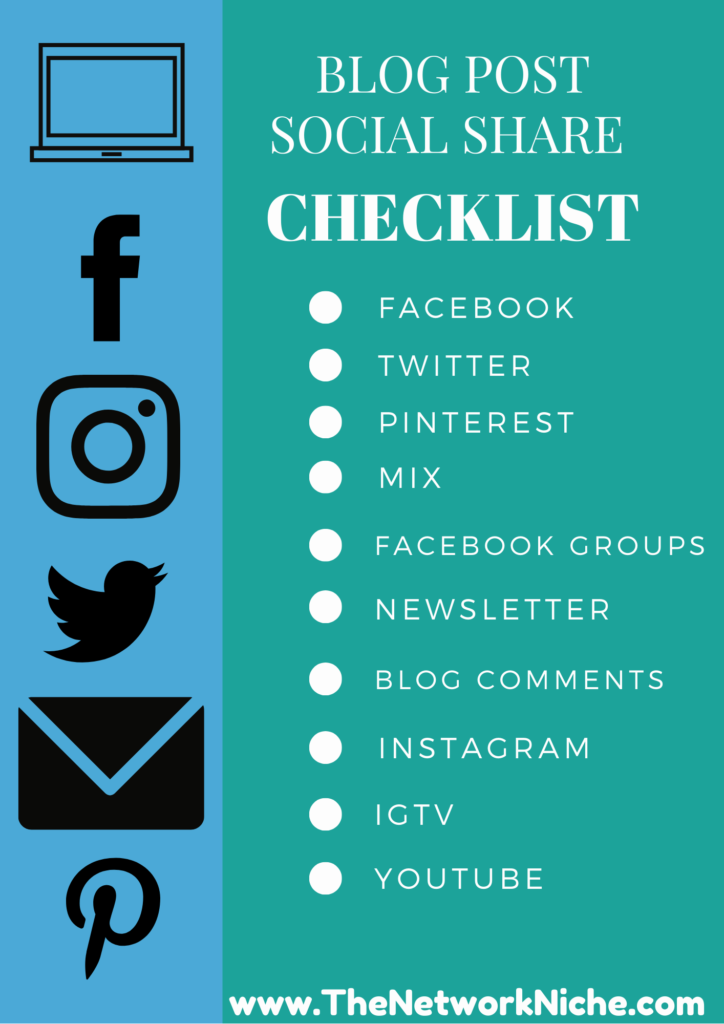You just wrote a powerful, personal blog post. Or maybe you created a tutorial your Twitter followers would love. It would be wonderful if thousands of visitors immediately flocked to see your latest blog post without any promotion on your part, but that’s just not a reality. You must share your post on social media to get clicks, views and shares from visitors. To help you accomplish that goal, we created a checklist to share blog posts after you hit publish. It’s 10 places to share blog posts after you hit publish on WordPress. Save this checklist on your desktop, phone or social channels as a reminder.
1. Facebook
While getting organic reach for blog posts still poses challenges from the popular network, Facebook, it’s still important to share blog posts there. If your new blog post tackles a trending topic or monthly theme, organic reach could still work in your favor.
Share blog posts on your fan page and tag brand partners. Plenty of influencers also share posts on their personal pages.
If you need more eyes on your blog post, invest in a Facebook boost starting for as little as a $5.
Facebook wants to help you reach more readers, viewers and shoppers. Thanks to Facebook’s helpful guide you can learn more about paying to boost a post. The investment can help you become more visible to your followers, their friends and even new followers.
It includes a two-minute video to help you reach your business goals. “For example, Jasper’s Market posts about its fresh juice menu with a slideshow of all the fruit options. Boosting the post can help Jasper’s Market reach new people who may like it, share it with friends or comment on their favorite.”
Aside from a Facebook boost, share your own posts at least once a day. Don’t forget to re-share your old posts too.
2. Twitter
Twitter is the perfect place to share blog posts. Thanks to scheduling tools like Hootsuite and Buffer, share your new posts multiple times a day.
Add relevant hashtags, additional images and videos. Twitter isn’t just for microblogging any more thanks to its expanded 140 character limit.
If you have a new blog post, add the link to your Twitter profile too!
 3. Pinterest
3. Pinterest
Design tools like Canva and Picmonkey make it easy to create Pin-worthy images that link from the visual platform to your blog.
Tools like Tailwind help you schedule pins to your board and topics.
4. Mix (Formerly StumbleUpon)
Remember when you could give a blog post a thumbs up or a thumbs down on StumbleUpon? In 2019, it made a change and became Mix.
You can categorize content you love there.
Add your newest blog posts to Mix using the extension on your web browser or the Mix App.
 5. Facebook groups
5. Facebook groups
Friends help friends, right? Influencers are some of the strongest supporters in Facebook groups! Add your blog post link to local, business and influencer groups when allowed.
Are you a member of The Network Niche Facebook group and our influencer community? We share tips to grow your influence there and ask for relevant blog posts to share.
6. Newsletter
Your subscribers joined your list for a reason. You can automate sending them new blog posts content is they subscribe to your feed or design a brand new newsletter thanks to your delivery service.
7. Blog comments
For blogs where Comment Luv is an active plugin, stop by and leave a comment so you’ll get a friendly link to your blog: “This plugin will visit the site of the comment author while they type their comment and retrieve their last blog posts which they can choose to include at the bottom of their comment when they click submit.”
Blog comments are also an efficient way to engage with bloggers and show your support.
8. Instagram profile
Update your Instagram profile link with your new blog post. Tools like Linktree and its alternatives allow you to create exclusive links for new visitors.
 9. IGTV
9. IGTV
IGTV is one of the hottest trends in 2020. Not only does it allow you to share live and edited videos, but its description box has a character limit of 2,200.
Add a link to your latest blog post in your IGTV descriptions as a way for viewers to leave the platform and head to your blog.
 10. YouTube
10. YouTube
Revisit your YouTube channel’s description box to make sure you’re maximizing the space. As of 2020, 1000 characters are allowed there.
Update YouTube description boxes to add the links to blog posts that relate to your video.
Comment below: Where do you share new blog posts? What are your favorite plugins to get the most social shares, ex. Click to tweet to Shareaholic?
Pin this to your favorite Pinterest board about blogging:











No Comments